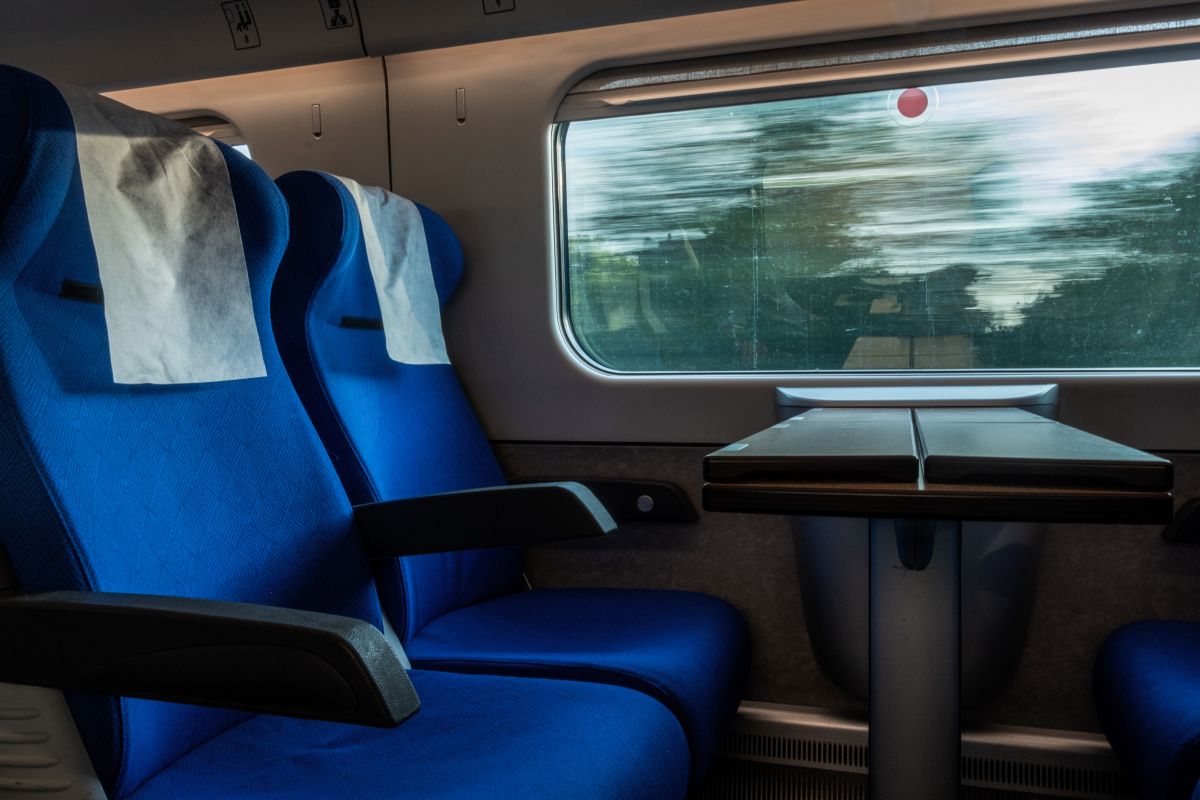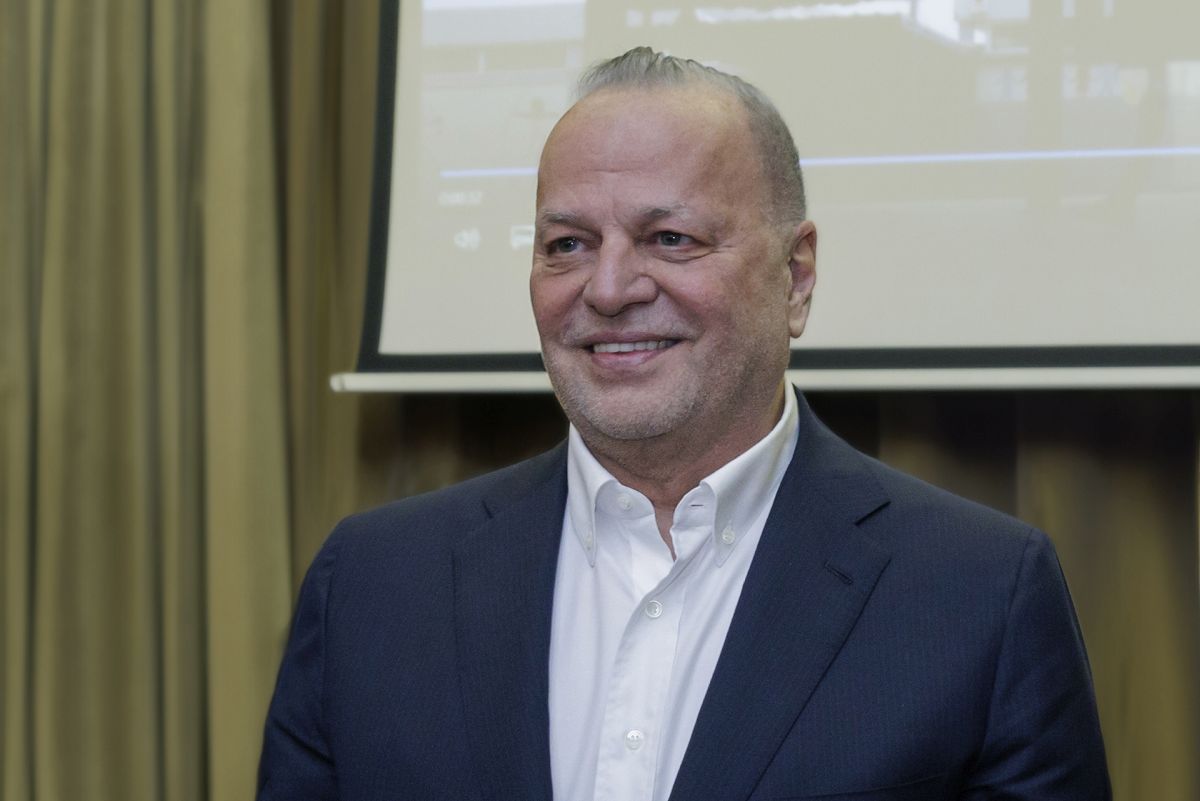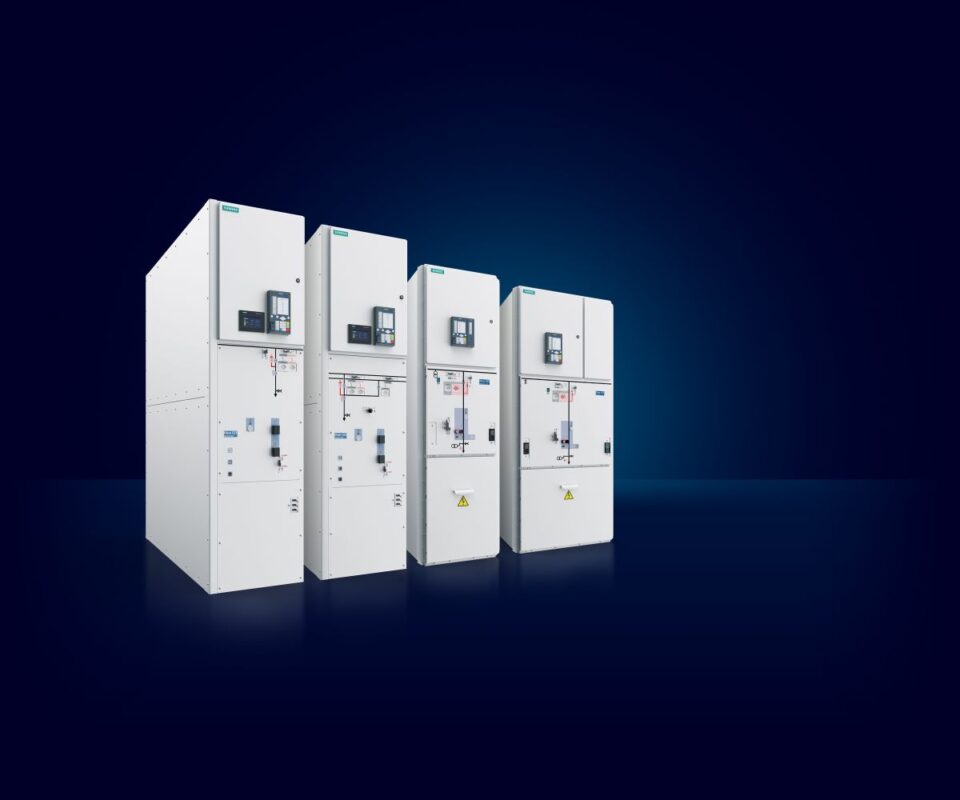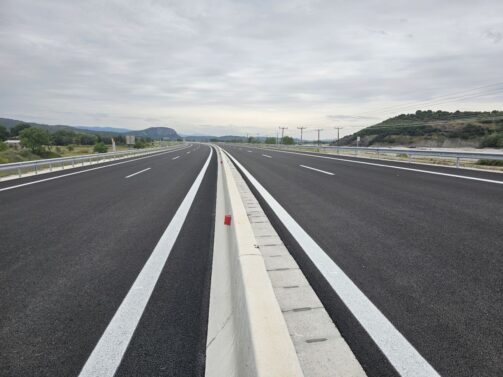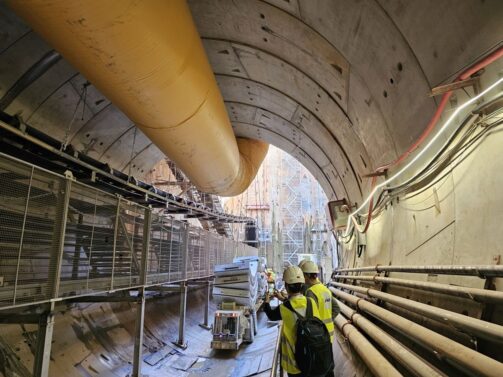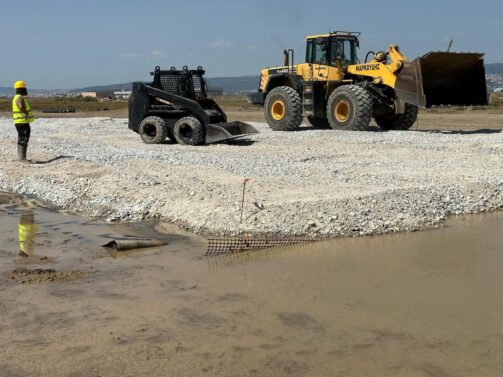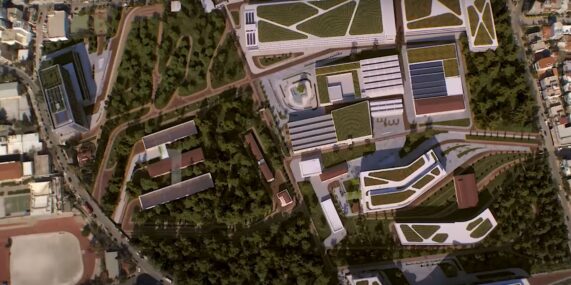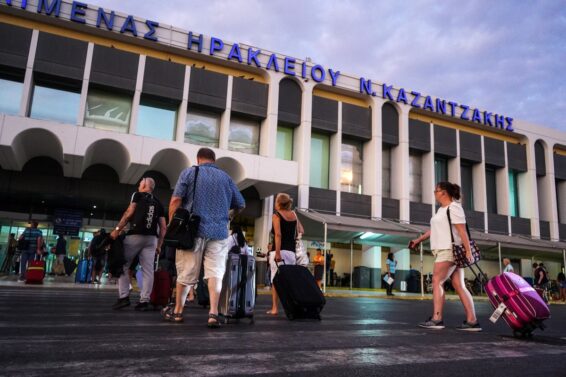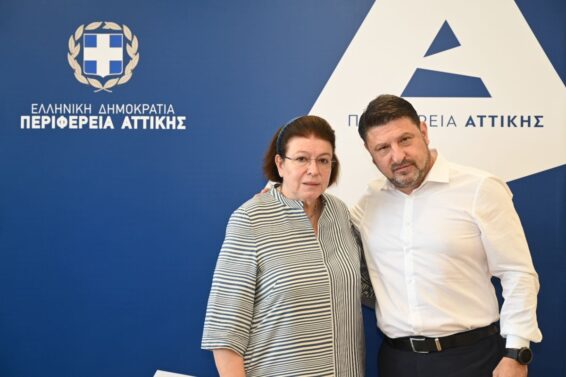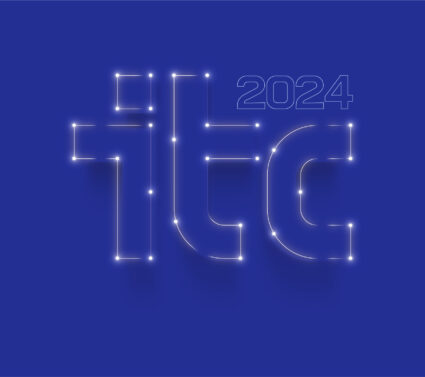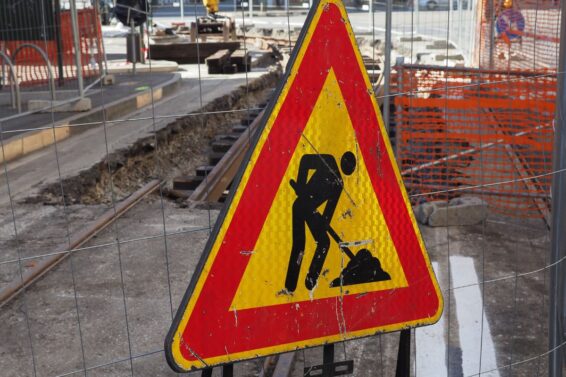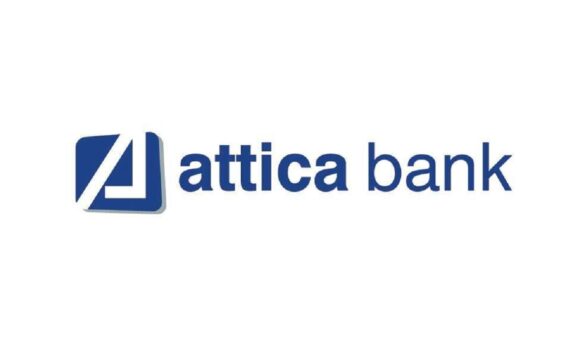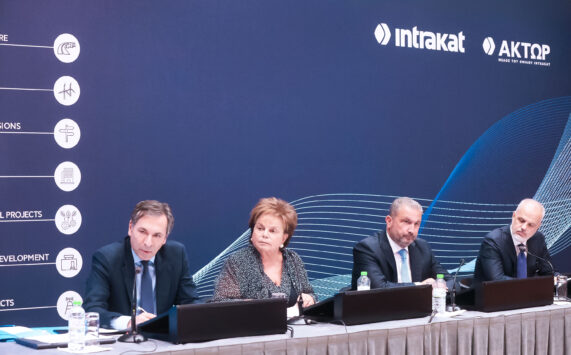We will need to reach the end of 2023 to see the two ERGOSE contracts concerning signaling and ETCS completed on the main railway artery of the country from Athens to Thessaloniki and from there to Idomeni and Promachona on the border with Bulgaria and North Macedonia.
According to railway sources, the signaling work, contract 717, has progressed further. From Platy to Promachona, the section has been delivered with Administrative Receipt, being the first from all of them. The section from Platy to Domokos is under delivery, while according to the same sources, some sections have already been completed.
In the Domokos-Tithorea section, the signaling works have been completed by another contractor, while the works from Tithorea to Athens are in progress. According to the updated schedule, the projects as a whole should be completed by the end of September. The contractor is the TOMH-ALSTOM scheme.
At the same time, the contract 635 concerning ETCS continues and which, according to the current schedule, should be completed at the end of 2023. The two contracts essentially come to complete the infrastructure works for the new dual electromotive line Athens-Thessaloniki.
As of last year’s Easter, ERGOSE started a third contract regarding signaling in the Thessaloniki-Eidomeni section. This project has been undertaken by the AVAX-ALSTOM scheme and is scheduled for completion in the first half of 2025.
Why are these projects important?
The three contracts above concern electromechanical systems and not construction of a line, infrastructure or something else more “tangible”. But the importance of these projects lies in the result they will bring.
The signaling project in full operation will improve rail safety along the entire length of the line and increase network capacity.
The signaling is for the railway, as are the traffic lights on the roads.
They essentially “converse” with the train driver about the state of the line in front of him, increasing railway safety.
With the ETCS system, information is transmitted from the ground system to the train, where a trip computer uses it to calculate the maximum permitted speed, then automatically slows the train down if necessary.
Better rail services
With the operation of the two systems, both passenger and freight trains will be able to travel faster and safer. The goal is to reduce the country’s main passenger route between Athens and Thessaloniki to 3 hours and 30 minutes.
Also the completion of signaling and ETCS up to the border will mean the improvement of our country’s interconnectivity for international rail routes (which are currently limited to freight).
This may also mean the launch of international passenger routes to connect Athens and Thessaloniki with neighboring countries, something that has been happening in the rest of Europe for decades, while with the upgrading of rail transport, trains have been prioritized at the level of the European Union.
ΜΗΝ ΞΕΧΑΣΕΤΕ
- Ακολουθήστε το ypodomes.com στο Google News και μάθετε πρώτοι όλες τις ειδήσεις για τις υποδομές στην Ελλάδα
- Αν είστε επαγγελματίας του κλάδου, ακολουθήστε μας στο LinkedIn
- Εγγραφείτε στο Ypodomes Web TV

